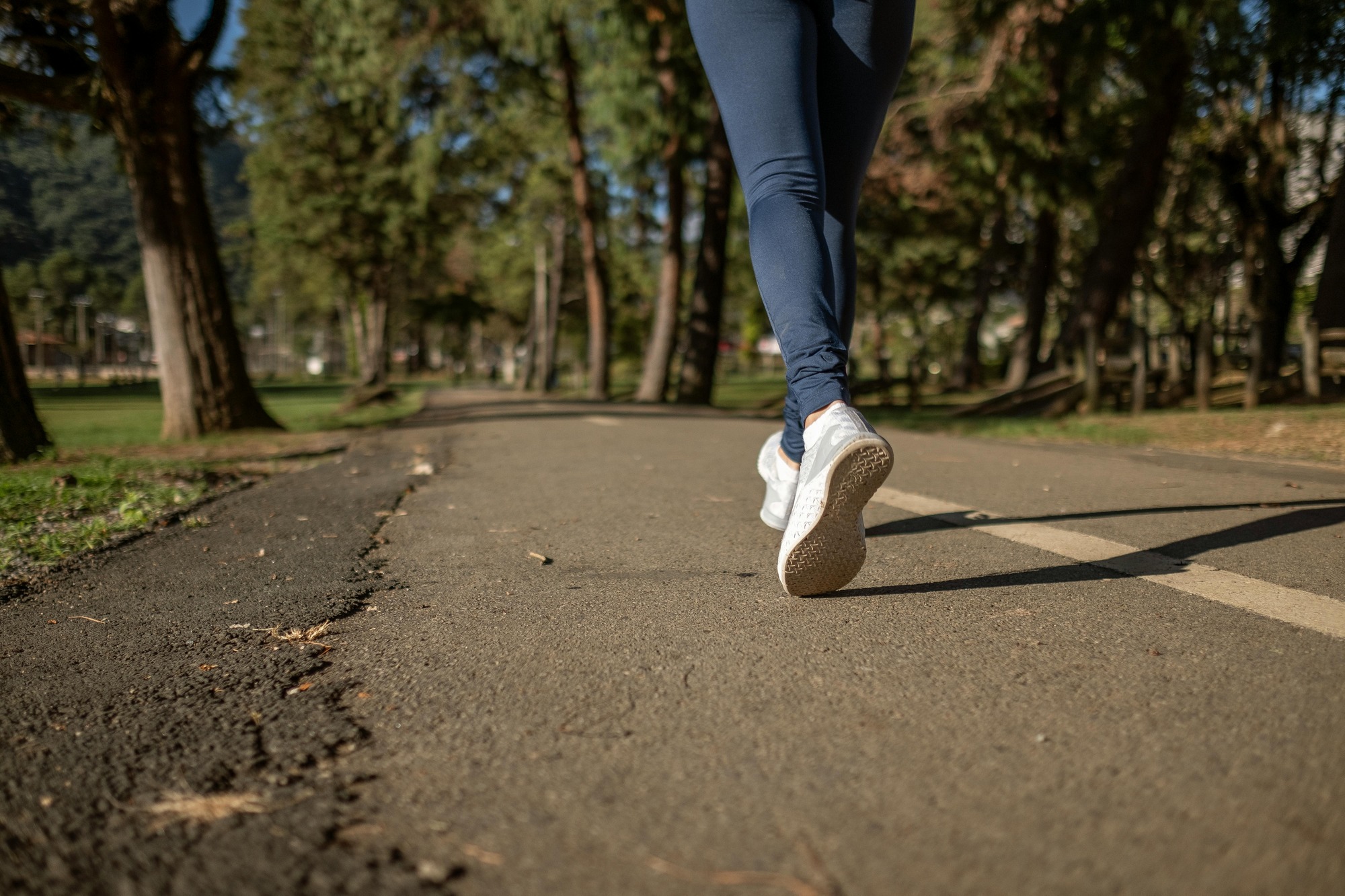Are “Clean Girls” and “Hot Girl Walks” just a renamed food culture?

You’ve seen them all over the feed – #Cleaning girls’ daily activities, with dewy skin, bread on the back, minimalist aesthetics and soft casual wear. Or #hotgirlwalks, women shoot their motivation in adorable sports while listening to affirmations or self-service podcasts. On the surface, it all seems to be authorized and even good for the wholesome. Who doesn’t want to feel polished and mentally strong?
But, digging deeper, some people started asking: Are these trends really about health and self-care, or is another way to sell us the same old diet culture in a fresh, Instagramable package? Because, despite this, the aesthetics of “clean” girls and “hot” girls are still centered on a specific body, discipline and lifestyle. So the question is not only what these trends look like, but what they really mean.
Healthy glow…or another disguise?
Healthy culture has become the new face of what was called dieting in the past. We got matcha lattes, intuitive exercise and “gut health” instead of low-fat yogurt and calorie counts. it Feel More inclusive. it sound Pay more attention. But the core information is usually not changed: smaller, brighter, and more controlled.
The “clean girl” aesthetic is often described as natural, relaxed beauty. But it’s rare to say loudly how much effort (and money) it actually takes. Serum, skin care tools, specific clothing, and this facial symmetry are often praised only if they are consistent with white, thin beauty standards. In any literal sense, this is not “clean”, but more of a polished, calming, let’s be honest, socially acceptable.
Then there is the “hot girl walk,” positioning exercise as a mental health tool. In theory, this is great. But, like many health trends, it quickly turned into another aesthetic: the hues of legs, daily progress updates and the subtle pressure of performing “health” for online audiences. Suddenly, it’s not just feeling good. It’s about looking good although Do this.
If it’s about health, why does it look so even?
One of the most convincing signs is something that stems from food culture? It does not include it. Maybe not intentional, but it’s consistent. Women who are praised as “clean” or “hot” in these trends usually look very similar: thin, white or skin tone, traditionally attractive, sound and economical.
Acne, messy hair, visible disability or full-time jobs where girls are not allowed to take slow habits and aesthetic walks during golden time? Where are the people who live in a body that doesn’t fit into molds and will never be?
It seems that only some way of health is not health. This is the brand. Like any brand rooted in body image, it has shame for those who don’t or can’t buy it.

Authorization…or control?
There is nothing wrong with wanting to feel good in your body. Exercise can cure. Skin care is fun. Rituals can provide structure in a chaotic world. But when the trend starts to maintain a “good” look, they start to feel less authoritative and more like the old rules of new clothes.
A clean diet becomes an intuitive diet and a gut recovery. Exercise plans become “happy exercise.” Thin becomes “hue”. Language changes, but obsession with control, optimization, and visual perfection often remains.
It’s the same internal pressure, just renamed in soft lights and Tiktok dubbing. And, if you’ve been wondering if you’re going to do the “right”, then maybe it doesn’t matter at all if you feel like you need to buy more, eat less or perform better.
The trouble of aesthetic health
Aesthetic-based health makes people feel like they are healthy is all you can look. But true happiness is usually invisible. This is very confusing. It doesn’t always look like a transparent skin, matching set or featured playlist. Everyone is different.
When we associate self-worth with appearance (whether we call it “hot,” “clean,” or “well,” we have the risk of reducing complex experiences to a saleable list. That’s when empowering becomes performance. What’s especially frustrating is that these trends often claim to be “to everyone” ways, and obviously they are not. They create a hierarchy that is considered healthy, desirable or disciplined, and are ashamed of those who can’t or don’t fit.
Can we retract these trends?
Not all lost. You can enjoy a popular stroll without buying perfectionism. You can fall in love with skin care without subscribing to European-centric beauty ideals. The key is consciousness, knowing where message delivery goes from support to shame.
Ask yourself: Will this make me feel better or worse? Am I doing this because I love myself, or do I want to fix myself? Would I do this if no one saw it?
When the answer is rooted in self-realization, joy, or real care, you may go the right path. But if it’s about performance, control or adapting to someone else’s aesthetic, then you have all the right.
Do you think trends like “clean girls” and “hot girls walking” are useful forms of self-care, or another version of the disguised dietary culture?
Read more:
5 Ways to Save Grocery with Dietary Restrictions
Skipping breakfast may save your wallet, but it can hurt your brain





